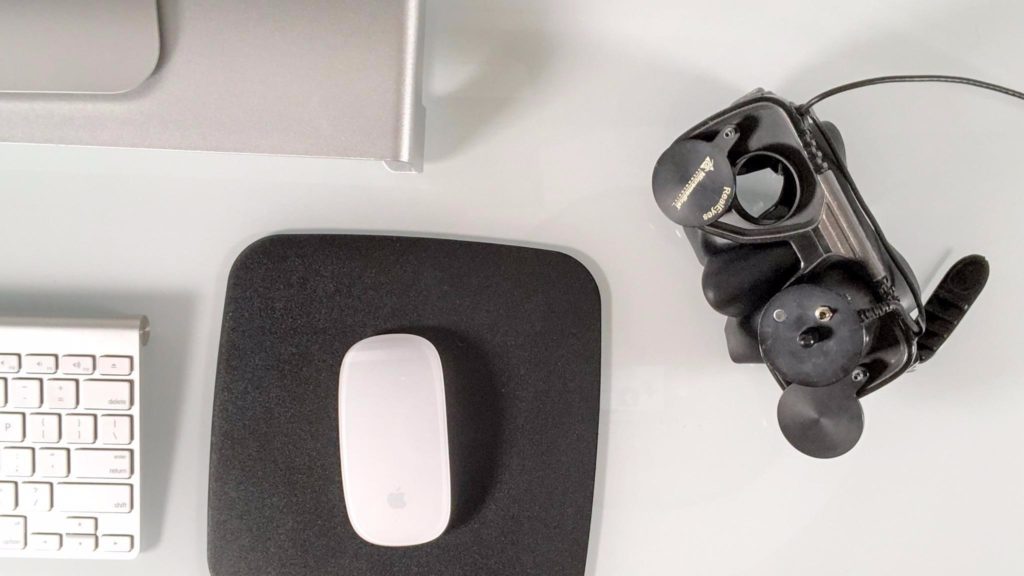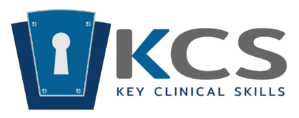IMAGINE IF YOU COULD DEVELOP A FRAMEWORK TO GUIDE YOUR ASSESSMENT AND TREATMENT OF DIZZINESS.
This 4 hour online course was developed specifically to help you build that framework combining evidence base and years of clinical experience.
Whether you work with a sports team, with seniors, in a hospital, or a bustling private practice you may be looking to improve your understanding of dizziness as you get stuck at times with what to do. We get it as we have been there.
Dizziness is a common complaint across the lifespan, but sadly it is also poorly understood and treated.
The thing is, it does not have to be this way.
Module 1: So Really What is the Big Deal with Dizziness?
After taking this module you will have a clear picture of how common dizziness is and its impact on our society. In addition to this, after reviewing module 1 you will have a better idea of the many different medical conditions that can result in dizziness.
Highlights:
- To the point literature review regarding the prevalence and impact of dizziness.
- This module looks at the person as a whole and outlines the many causes of dizziness.
- Provides some great external educational resources for you and your patients.
Note: References and slide handouts will be provided in each lesson as a PDF download.
Module 2: So How Do We Determine if the Dizziness is Due to the Brain, Inner Ear, or Some Other Condition?
From module 1, we reviewed that vestibular problems are conditions affecting the brain and inner ear and are the most common cause of dizziness across the lifespan. After taking module 2 you will understand the “nuts and bolts” (anatomy and physiology) of how the vestibular system actually works.
After developing an understanding of the vestibular system, the second part of the module will help you classify dizziness into three categories, being central (brain), peripheral (inner ear), and non-vestibular disorder. In each of these categories we review the most common conditions that can cause dizziness.
By completion of this module you will be able to compare and contrast the different causes of dizziness and confidently categorize them as being a peripheral, central, or non-vestibular disorder.
This module is key as in order to treat dizziness effectively you have to understand the different causes of dizziness. NOT ALL DIZZINESS IS THE SAME.
Highlights:
- Downloadable anatomical images that are copyright and royalty free. We made the images specifically for this course not only to enhance your learning experience, but also the learning experience of your patients. Also, feel free to use them as an educational tool in your social media or for any presentation that you may be asked to provide.
- Quiz to help reinforce the material reviewed. Don’t worry you will ace it.
- Multiple “Cheat Sheet” PDF downloads that will be a quick reference for you in your busy practice.
- Multiple BONUS extras to enhance the learning experience. We will keep this under wraps and keep it a mystery until you get the course.
Module 3: Assessment & Treatment
Building from module 2, this module goes the next step and covers the vital components of the patient history and examination. There are key aspects in both the history and examination that need to be pulled out to help determine if the dizziness is due to the brain, inner ear, or some other condition. Not having the knowledge and clinical skills to accurately tease out the source of the dizziness will lead to frustration for both you and your patients.
This module ends the course with a treatment technique for the most common form of BPPV. Now there are different techniques out there, but this is our “Go To”.
Highlights:
- PDF downloads of Functional Outcome Measures specific to dizziness and unsteadiness. These are great tools to track patient progress over time and to determine your patients level of perceived disability given the dizziness.
- Downloadable PDF “Cheat Sheets”.
- Written step by step instructions as well as instructional videos demonstrating KEY oculomotor tests in room light as well with visual fixation removed (i.e. patients vision is in the dark).
- Introduction to the use of infrared goggles.
- Multiple video examples of positive oculomotor findings coming from central and peripheral vestibular disorders.
- Step by step instructions in both written and video format showing our “Go To” technique to successfully treat the most common form of BPPV.
- Downloadable PDF educational handouts for your patients.
- List of resources to help you set up your clinic or office.
In summary, by the end of this course you should:
- Understand the prevalence & impact of dizziness.
- Understand the various causes of dizziness, as well as the anatomy and physiology of the vestibular system.
- Be able to perform an assessment and confidently determine if the dizziness is due to a central, peripheral, or non-vestibular disorder.
- Be able to determine those who will respond to vestibular therapy and those who need to be referred for further consultation.
- Develop an initial treatment plan for those who will benefit from vestibular therapy.
- Be able to successfully treat the most common cause of BPPV.
Registration through KCS provides you with a 10% discount to this high-quality program from a leading Physiotherapy educator. The discount code is provided by completing the popup form and is sent to the provided email.


